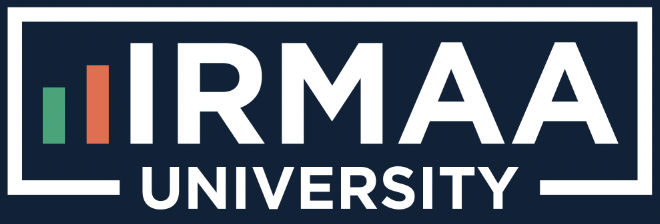The 2015 Presidential Budget has been released and within it are plans to help generate revenue in many ways over the course of the next decade and one of the more aggressive methods just happens to be through Medicare.
Page 180 of the Budget details a couple of ways of generating revenue with the largest being the line item in the Budget titled “Increase income-related premium under Medicare Parts B & D”.
This line item, ultimately, calls for a more aggressive way off charging retirees who happen to have more income than others more for the Part B and Part D premiums.
Currently, the penalties for individuals who have “too much income” range from 40% more for those that earn more than $85,000 in income per year to 220% for those that earn $214,000 or more a year.
For those filing joint tax returns the income amounts are currently double what the individuals are: 40% for those over $170,000 to 220% for those earning over $428,000 in income
Thankfully, those numbers are pretty high and according to a report from the Urban Institute dating back to 2010, only about 5% of all retirees have been impacted by this income related surcharge, but again, the President has his sights on changing that and that 5% number is close to 5 years ago.
In his 2014 Budget, the President, on page 38, calls for a 11% reduction of that income threshold for individuals and a reduction of 46% for couples “until 25 percent of beneficiaries under Parts B and D are subject to these premiums”.
Yup, wealthy people, may be considered those that generate about $60k a year and couples who earn $90k a year.
And how much does the Budget expect to generate off of those who happen to be earning to much income in retirement?
Again, thankfully through 2017 the amount of revenue generated is minimal at best, but, unfortunately, by 2018 the expectation is to generate $1.7 billion dollars in revenue and it only goes up from there.
By 2019 the number is almost double and by 2023 the Budget is expecting to rake in over $11 billion in revenue through charging wealthy people more for their Medicare Part B & D premiums.
Please keep in mind that this extra charge never considers how healthy a person may be nor how much a person utilizes the system of Medicare. It only considers how wealthy a person may be and the bet is that most will agree that if the new brackets take place $60,000 won’t be considered to be “wealthy”.
To quote Stacy Sanders, the federal policy director at the Medicare Rights Center, who was commenting on another possible change in the income thresholds,“if implemented today, these plans would force individuals with annual incomes of as low as $45,600 to pay higher premiums”.
She went on to state “and it’s expected that 20.4 million beneficiaries would be paying these higher premiums by the year 2036 … Most Americans simply do not believe that an income of $45,600 counts as wealthy. They believe that these people are middle-class.”
Now should you really be concerned?
Well, maybe, maybe not. As of the publishing of this article only one financial planning software company, Money Guide Pro, has implemented a way to calculate how this means testing will impact a person’s overall financial plan while not one financial firm has yet to pick up the torch in helping investors build proper plans that protect their greatest asset…their health.
So the financial industry would appear to not really think that this is such a big deal and why should it? It’s only a possible $11 billion from those on Medicare.
To quote Michael Gerali of Jester Financial Technologies, a provider of data on where health costs will go in the future, “So, they (the federal government) want $1.7 billion starting in 2018 increasing to over $11 billion in 2023? But healthcare is not an issue in retirement planning?”
Mr. Gerali is spot on, because here is what you are not being told: the income Medicare will use to determine if you help pay that $11 billion more in revenue to the government is defined as “everything on lines 37 and 8b of the IRS form 1040”.
Some examples of what will types of retirement savings will be used against you when your health is on the line:
Wages, Social Security, Pensions, Rental Income, Capital Gains, Dividends (even those from Muni’s), withdrawals that you will have to take at some point from all of those Traditional IRA’s, 401(k)’s, 403(b)’s, SEP IRA’s, Keogh Accounts and almost anything else.
The only exceptions, right now, to this rule is revenue generated from Roth Accounts, parts of specific Annuities, Reverse Mortgages, 401(h) plans, HSA’s and certain types of Life Insurance.
Think about it: the President is calling for billions of dollars to be taken from retirees to help control the Budget of the U.S. and not one financial firm is even mentioning how they can help investors not be one of them.
Who says Joe Biden wasn’t correct when he stated that paying more in taxes was “Patriotic”?
Certainly not the financial industry.
